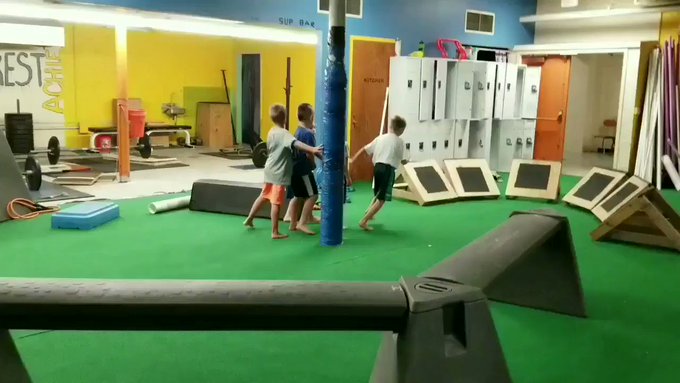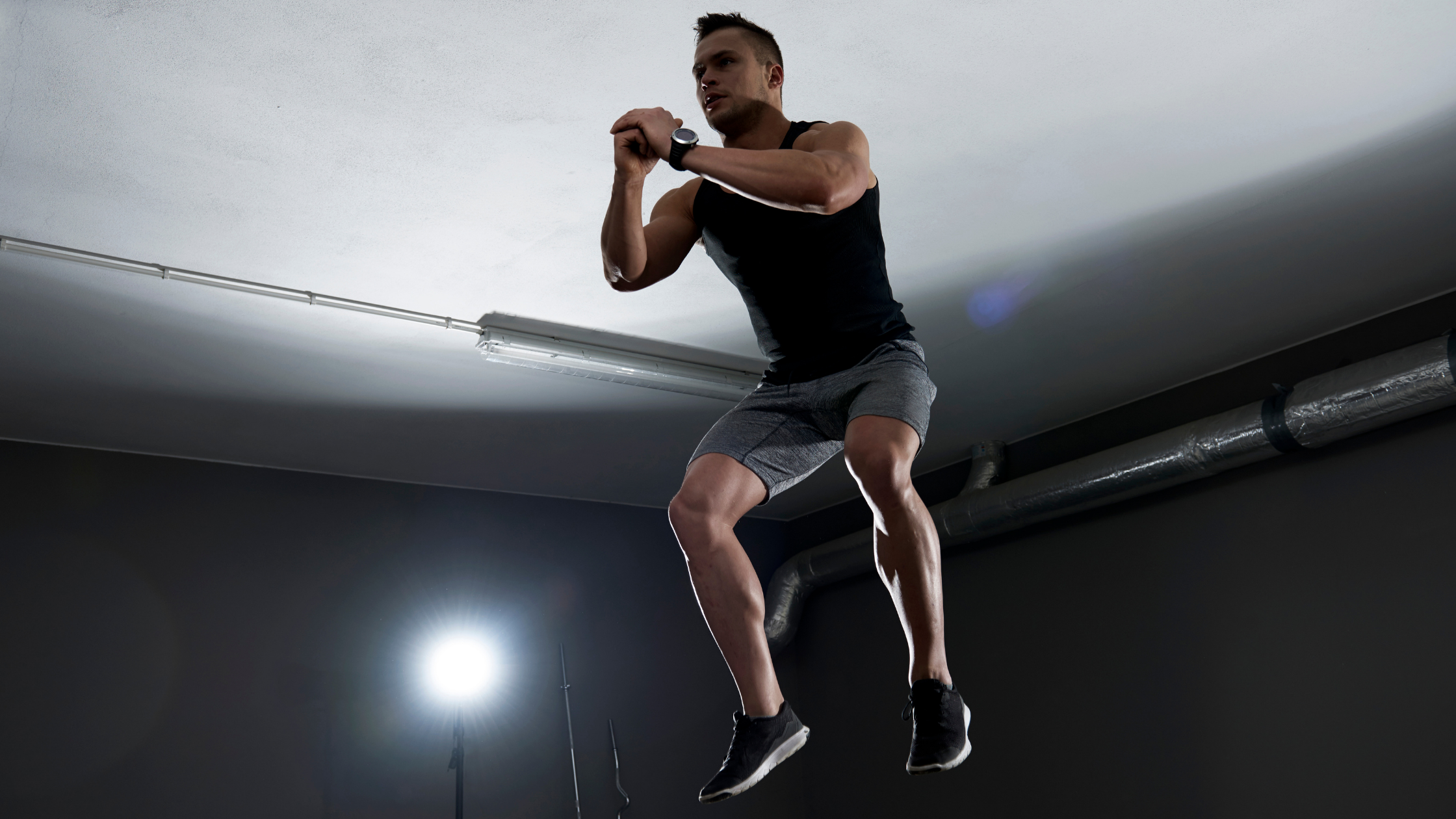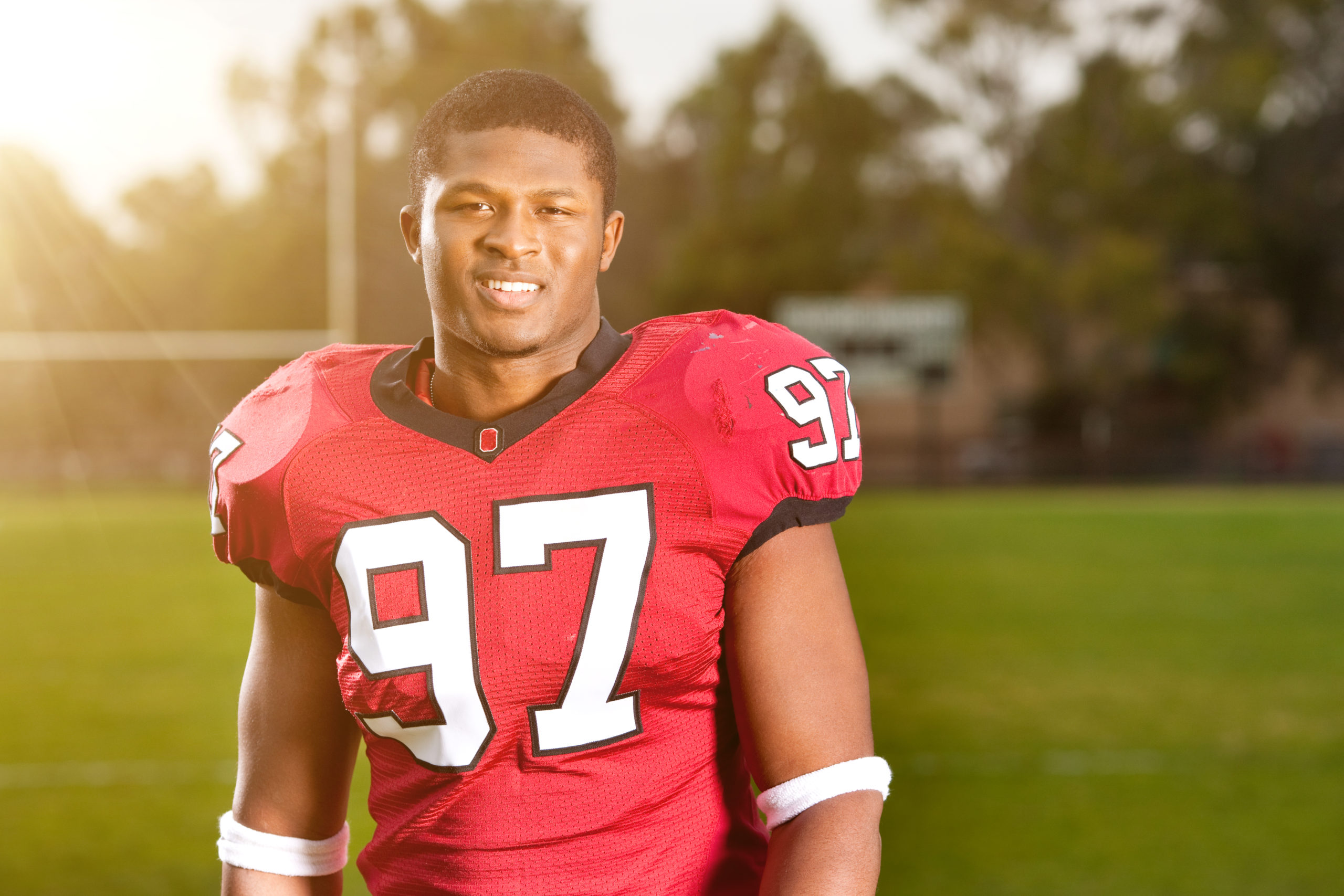Coaches can expect to be exposed to the core needs of safely and effectively managing athlete development in an organized manner. In order to prepare athletes for the future, coaches must have a working knowledge of what is necessary to reduce burnout and poor participation. Finally, coaches should be able to understand relevant terminology with the latest methods in monitoring youth athletes from adolescent to young adult.
Similarities and Differences with Physical Education
LTAD factors into all areas that interact with the growing athlete, especially the need for quality physical education. Developing athletes systemically is not an extension of physical education, nor a replacement for it. In simple terms, LTAD is planning for the sporting future by training with appropriate methods based on the child’s needs. Physical education does overlap with LTAD because the fundamental movement skills learned from formal scholastic work benefit the growing athlete, but are incidental. Academic curriculums often take precedence over physical literacy, especially today when technology and languages are replacing arts and P.E. In response to the lack of P.E., private sector programs are complementing athlete development and general physical literacy.
Physical education is not the only resource for childhood growth, as general unorganized or “free” play is a base foundation for development as well. A well-rounded child is expected to not only grow from physical literacy at school, but also at home. Therefore, LTAD is highly dependent on both physical education and general childhood development from play. The recess periods and non-school experiences an athlete will encounter are just as important as formal training years later. It can be argued that LTAD’s role is to connect the fundamental childhood P.E. and build on those skills as the athlete matures.
Challenges and Needs with Specialization
A difficult balance between the specific requirements of individual sports and athletic development is knowing how much specialization is ideal in the long run. In the past, playing more sports improved athleticism and performance, but with travel teams and early specialization, those following the best long-term plan found it difficult to stay competitive. Today, the juggle of knowing what is beneficial long-term and managing the immediate needs of competition are the reasons LTAD is struggling to keep pace with the pressure to win.
Another gap occurs in parent education, where most of the decision-making occurs in sport participation and training. In order to make the changes necessary for youth athletes, the process starts with parent education and possibly ends with policies. Example changes have been visible with youth baseball leagues and the creation of pitching limits, but more is necessary to make a difference in all sports.
Specific sport skills do require time and dedication. It’s wishful thinking that an athlete will be a great golfer without putting in the necessary work for the sport, but most of the errors come from assuming the opposite is true. Early specialization is a problem not because an athlete spends too little time in one sport, but because they don’t spend enough time preparing for sport. Most sport coaches appreciate well-rounded athletes, but it’s better to be generally prepared than play another sport that’s simply the same sport in a different form. Athletes should try various sports and activities early, and not cease participation until college. Some sports are unique and require slightly more specialization, but even those sports benefit from either a break or an adjunct activity.
CAUTION
Kids at play:
do not be alarmed:
you may hear loud noises, laughter, shrieks, shouts and squeals.
You may see big smiles, sweaty hair and red faces working hard at play.
Side effects include: good mood, strong heart and muscles, better grades and quality sleep…#LTAD

1,363 · Clinton, MATwitter Ads info and privacy369 people are talking about this
Motor Skill Acquisition Demands
Most LTAD plans focus on the general competencies of running, jumping, throwing, and other primary movement needs. A foundation of solid movement skills improves the potential of athletes in the future. Improving coordination requires exposure to enriching curriculums that are complex enough to challenge the athlete but not frustrate them. Coaches working with young athletes should plan and rank their capabilities to perform outside of the confines of the specific sport and concern themselves with general athleticism. General athleticism can be defined as the root capacity to move and perform outside the confines of specific rules or knowledge of the game. As an athlete matures, knowledge of the game’s strategies and tactics is expected, as is their physical skill set in their respective sport. Tracking youth athletes for general athleticism and strength is essential and can be accelerated using proper testing and tracking tools.

“Youth sports should focus on teaching, not competing or even training.”CLICK TO TWEET
Factoring Biological, Chronological, Technical, and Training Age
Coaches who work with young athletes will face up to four separate “ages” of an athlete that need to be accounted for. The first age is simply the actual chronological age of the athlete in years and days. With one year accounting for a larger percentage of time for children, it’s important to include the actual partial time to the age when working with youth athletes. Biological age is how mature they are physically, as athletes with the same chronological age can be totally different when it comes to physical attributes. Technical and training ages are not synonymous, as an athlete playing baseball for years who has never formally weight trained may be technically proficient, but with regard to training age, they are a true neophyte. Coaches should be educated on the best ways to manage not only the four ages of an athlete, but the emotional and academic elements as well. Team Access Point allows coaches easy access to navigate through entire teams of youth athlete data.
The most common issue facing modern sport is identifying the different ages in an objective manner and knowing when it’s appropriate to hold an athlete back or elevate them to higher levels. Sometimes an athlete is talented and opportunities to compete are available to them, but due to the physical nature of sports advancement, it may be risky. Thus, a precise focus on knowing where an athlete is with their four ages and having experience managing those ages is instrumental for the continual improvement and support of the well-being of young competitors.

Monitoring Maturation in Youth Sport
Coaches are looking at better ways to track the growth of athletes, starting with their chronological age, and moving toward meaningful metrics like peak height velocity (PHV) and peak weight velocity (PWV). Simple ways to monitor special changes with youth athletes are popular for many reasons—the most notable is that the data required is easy to collect and accessible for coaches.

Qualitative data, such as ranking the proficiency of an athlete’s sporting ability, is still accepted and standard in the coaching community, but with the advent of video and tracking technologies, athletes now expect more quantitative or highly detailed information. Unfortunately, much of the information won’t directly help the athlete realize the joy and other non-performance benefits of sport. Athletes’ emotional connection to sport and self-confidence should be considered before sharing any data that ranks or evaluates their abilities.
Talent identification is a difficult but necessary component of athlete development. Without the necessary assessments, coaches will be limited in decision-making with training and teaching. The use of methods that identify talent are not just about ranking ability in some sport, but observing all general abilities of athleticism that would later be more suited for a different sport if the athlete is interested. Athletes may find early success with sports and later discover that they enjoy a sport they are less suited for, creating a problem for those wishing to have the athlete excel, such as parents and coaches. Alternatively, an athlete may like the success and challenges of a sport they don’t enjoy as much. Coaches should be aware of the psychological factors of sport and work with a professional sport psychologist when possible.
Developing Athletes for the Future
Athletes who are just entering elementary school now will be entering college in the 2030s, and coaches should design training to match both the needs of sports then and the needs of athletes now. Not all athletes will mature to become professionals or even collegiate athletes, but all can benefit when a plan is patient and factors in their well-being.
“In order to build the athlete of the future, you must not only know the direction in which the sport is evolving, but also where the pitfalls may be with such changes.”
CLICK TO TWEET
Constructing training that improves performance and monitors recovery while reducing unnecessary competition is a challenge today. Without adjusting training load and competitive schedules, the risk of injury and athletes walking away from sport is too high. In order to build the athlete of the future, you must not only know the direction in which the sport is evolving, but also where the pitfalls may be with such changes. Developing athletes are not fragile, but they need protection from overtraining and too much competition now more than ever.

CoachMePlus is a comprehensive solution for any training environment, ranging from scholastic level to pros, and including both military and private facilities.

Recent Comments